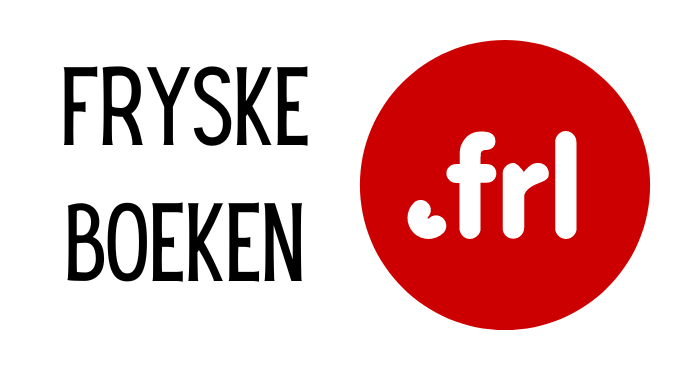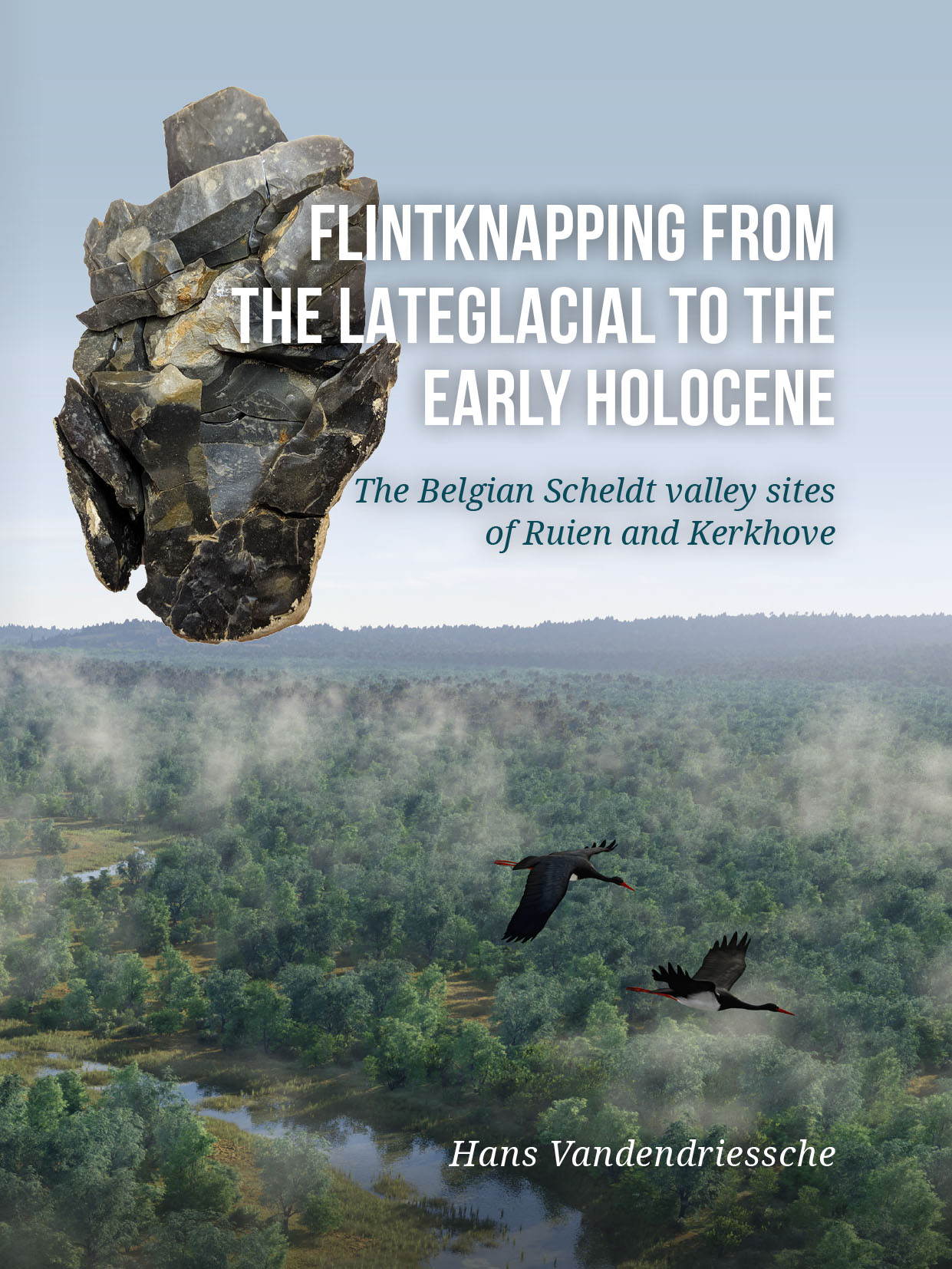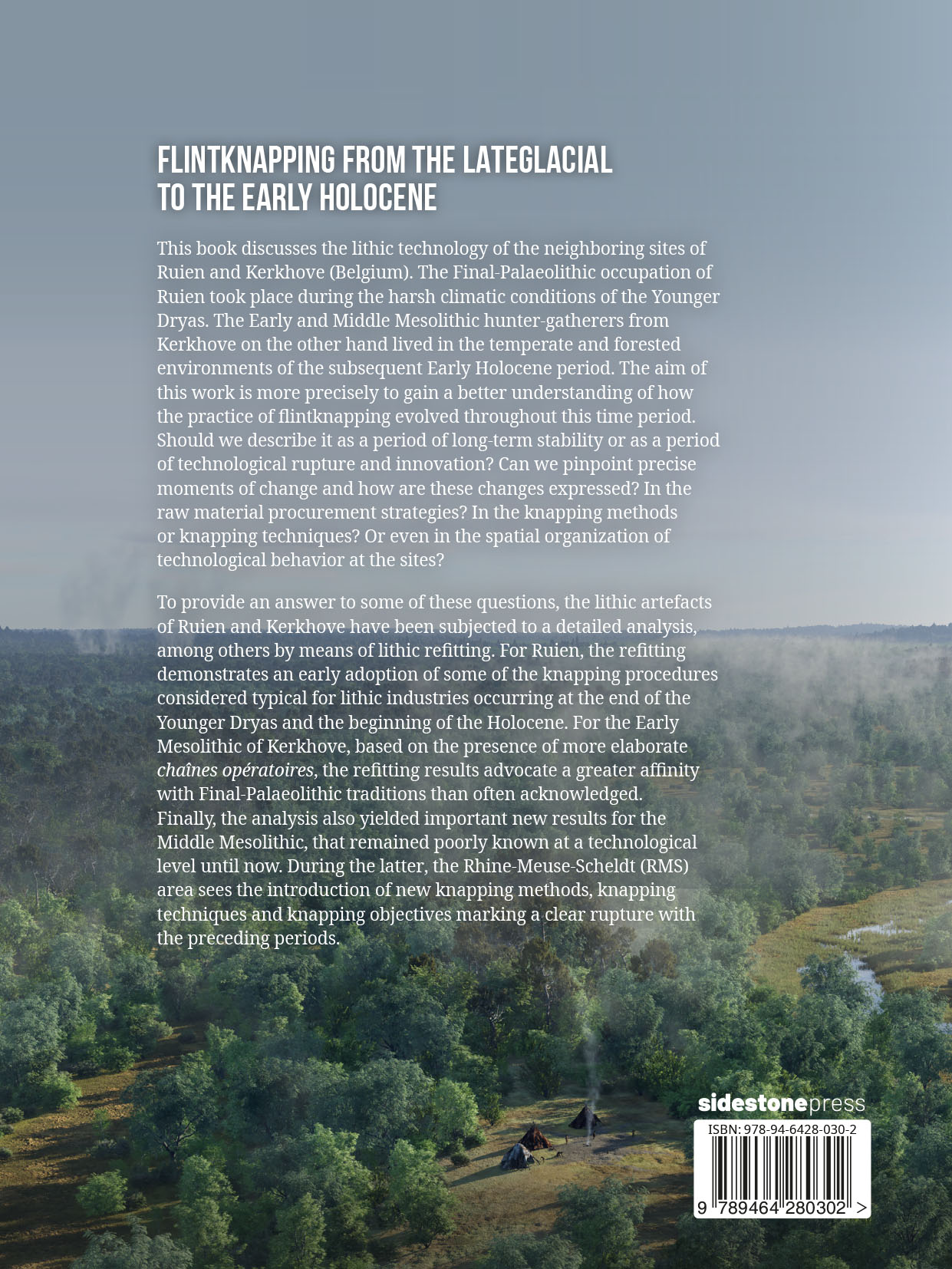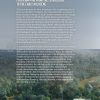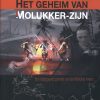Flintknapping from the Lateglacial to the Early Holocene
€ 190,00
The Belgian Scheldt valley sites of Ruien and Kerkhove
Vandendriessche, Hans | Hardback | 26-01-2024 | 9789464280319 |
Levertijd 5 dagen
This book discusses the lithic technology of the neighboring sites of Ruien and Kerkhove (Belgium). The Final-Palaeolithic oc…

